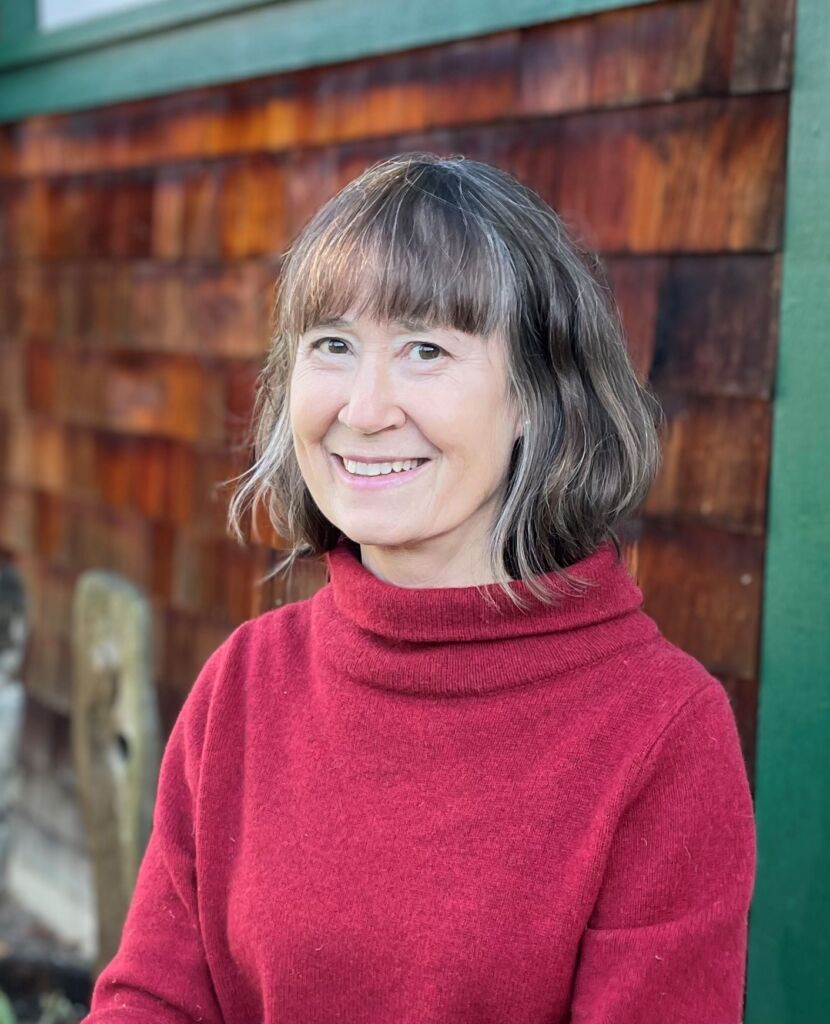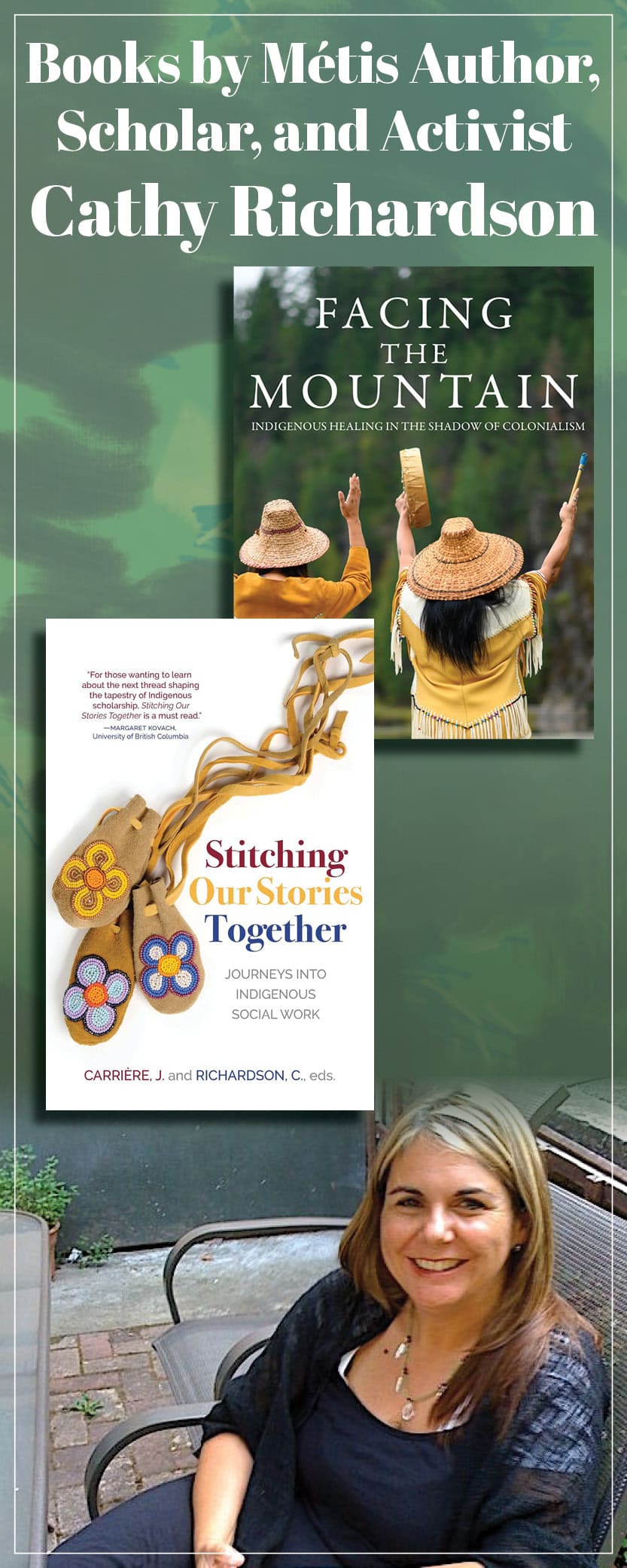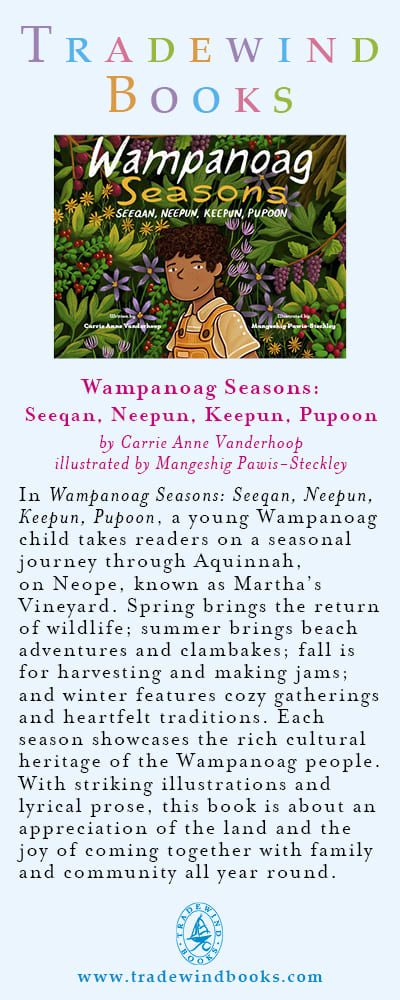Confronting industrial impact on environment
Signs of Life: Field Notes from the Frontlines of Extinction
by Sarah Cox
Fredericton: Goose Lane Editions, 2024
$24.95 / 9781773102887
Reviewed by Kevin Hutchings
*

In her work at The Narwhal, Victoria-based investigative reporter Sarah Cox has earned a well-deserved reputation as one of Canada’s foremost environmental journalists. Mixing cautious optimism with an urgent call to arms, her remarkable new book, Signs of Life: Field Notes from the Frontlines of Extinction, provides a sobering account of biodiversity loss in Canada, its root causes, tragic consequences, and potential solutions. The “frontlines” military metaphor in the book’s subtitle emphasizes the seriousness of the crisis. On one side of the line is a small army of dedicated scientists, environmentalists, and Indigenous knowledge holders whom Cox interviews and who often invite her into the field to witness their work; on the other are extractive industries that fail to protect key habitats and the provincial and federal governments that enable these failures despite touting green credentials and claiming to be committed to environmental sustainability. Having travelled Canada extensively in search of endangered species and the people working to rescue them from extinction, Cox has produced an eminently readable—if often justly dismaying—account of the causes of biodiversity loss and the important actions needed to ameliorate and reverse it.
Cox’s story begins a century ago on a Fraser Valley farm on British Columbia’s lower mainland when a curious youth named Delbert Ryder climbed into the high branches of a western red cedar to inspect a northern spotted owl’s nest, becoming one of the first people to study this imperiled raptor, which has since vanished from the Canadian landscape due to loss of its critical habitat. In Signs of Life, the spotted owl is an iconic emblem of Canada’s unfolding environmental crisis, the governmental responses to which have unfortunately ranged from “woefully inadequate” to “negligent” and “downright scandalous.” In the book’s informative introduction, Cox shows that the main “drivers of nature’s decline” are “human activities that alter land or waters, direct exploitation of wildlife through activities such as overfishing and trophy hunting, climate change, pollution, and invasive species.” Summarizing the issues, she notes that “Canada’s ongoing economic emphasis on extractive industries such as logging, oil and gas, and mining, with little regard for balancing industrial development with the needs of nature, is erasing and fragmenting our natural world.” On the bright side, however, this state of affairs need not continue. Hope for positive change lies in the fact that we can indeed “choose to do things differently. And we must, because our own survival as a species ultimately depends on treating nature not as a seemingly infinite resource to be exploited but as something worthy of our respect, care, and even devotion.”
From cover to cover, Signs of Life recounts Cox’s encounters with, and the lessons learned from, numerous scientific experts, Indigenous knowledge carriers, and regular folk striving to protect Canada’s wildlife. The book’s argument follows a three-part structure. In the first section, Cox’s narrative “features stories about increasingly crazy—and crazy expensive—efforts to save endangered species at the eleventh hour” by breeding them in laboratories and zoos. The second section recounts Cox’s experiences visiting large military bases in Alberta and Manitoba, whose extraordinarily bio-diverse ecosystems, and the people who manage them, have much to teach concerned citizens. In the same section, however, Cox explains how Canada’s legal system—including legislative action and inaction—has failed at-risk species. In the third and final section, Signs of Life explores solutions to the unfolding crisis, introducing readers to individual and community activists enacting new strategies for wildlife preservation from New Brunswick and Nova Scotia to Ontario, Alberta, and British Columbia.

The book’s discussion of eleventh-hour efforts such as captive breeding programs is simultaneously enlightening and, for the concerned reader, infuriating. Heroic laboratory-based efforts to rescue such species as the spotted owl, the plains bison, the Vancouver Island marmot, the black-footed ferret, and the sunflower sea star are repeatedly hampered by governmental inaction on habitat protection. In Cox’s nautical analogy, “Trying to rescue a species from extinction without ensuring it has sufficient habitat in the wild is like trying to bail a leaky boat without sealing the hole in its hull. Saving a small number of individuals, or preserving DNA, will only be of limited assistance as long as their habitat continues to be eroded, fragmented, and destroyed.” Virtually all the stories Cox recounts in Signs of Life emphasize the need to safeguard wildlife populations well before they reach a crisis point by protecting the ecosystems in which endangered flora and fauna evolved and flourished.
Among the book’s themes is the crucial role that traditional Indigenous environmental knowledge and practices can and must play in creating a sustainable future for at-risk wildlife in Canada. Discussing her visit to the Spuzzum First Nation in southwest British Columbia, Cox quotes Chief James Hobart, who compares Canada’s historical mistreatment of wildlife to its colonization of Indigenous people. In northeast British Columbia, Chief Roland Willson of the West Moberly First Nation offers a comment suggesting a direct parallel (not mentioned in Signs of Life) between the nineteenth-century trope of the “vanishing Indian”—the colonial belief that Indigenous people would inevitably perish in the face of more “advanced” societies—to current mainstream attitudes towards the plight of endangered caribou: “‘There’s an argument,’” Willson notes, “‘that caribou are one of these creatures that are just doomed for extinction,’” that they will “‘just fade out. But what’s happening here is man-made.’” Subsequently, following a fascinating discussion of Indigenous stewardship initiatives among the Saulteau, Aseniwuche Winewak, and Kainai First Nations, Cox turns her attention to work being carried out in several Indigenous Protected and Conserved Areas (IPCAs) in Canada’s northwest, work emphasizing “Indigenous leadership, a long-term commitment to conservation, and the elevation of Indigenous rights and responsibilities.” Citing recent research led by interdisciplinary conservation biologist Richard Schuster at the University of British Columbia, Cox notes that “Data from Canada, Australia, and Brazil shows [sic] the total number of mammals, birds, reptiles, and amphibians is highest on lands managed or co-managed by Indigenous communities—even slightly higher than in parks and other protected areas.”
Hopefully, Cox’s highlighting this research will encourage skeptical thinkers to reconsider the claim that valorizing traditional Indigenous knowledge and stewardship merely reinscribes the age-old romantic stereotype of the ecologically “noble savage.”
A major eye-opening aspect of Cox’s book is its comparative discussion of Canadian and American environmental legislation, which challenges the common notion that Canadians care more about the natural world than our American counterparts. As always, the problem is political. While the US Endangered Species Act contains a “jeopardy provision” requiring “all federal agencies to help conserve threatened and endangered species” by automatically protecting critical habitats, Canada’s Species at Risk Act (SARA) is helpless to “save most at-risk species on the lands of a recalcitrant province or territory unless the federal cabinet intervenes.” Troublingly, Canadian petitions urging the creation of SARA emergency orders have rarely succeeded, frustrating efforts to protect even such high-profile species in British Columbia as the spotted owl and the southern resident orca whale. Even where the Act lists and protects individual at-risk species, it becomes ineffectual due to its failure to recognize the ecosystems that support them.
Given the ongoing environmental harms caused by Canada’s massive and continuing subsidization of extractive industries, hope for positive change can seem scant. To truly protect threatened species, Cox argues, Canada must adopt the UN’s recently finalized Global Diversity Framework, which calls for “all direct and indirect subsidies harmful to nature … to be identified by 2025 and phased out or reformed thereafter.” “Only when nature becomes a primary focus at all levels of decision making,” she argues, “will Canada be able to take meaningful and lasting steps to protect wildlife and biodiversity. Until then, we’ll be consigned to expensive, increasingly elaborate, eleventh-hour attempts to rescue species like the spotted owl.” In the meantime, concerned readers can find inspiration and hope in the heroic work “already being accomplished on a small scale across the country, especially through Indigenous-led conservation.” By chronicling these initiatives and critiquing the systemic shortcomings that oppose them, Cox hopes to inspire “a new approach to protecting Canada’s wildlife so that other species don’t follow in the flight path of the spotted owl and land in nature’s ICU.” I wish her well in that endeavour and wholeheartedly recommend her book to all Canadians.
*

Kevin Hutchings is a literature professor in the English Department at UNBC with expertise in British Romantic studies, transatlantic studies, and the environmental humanities. His publications include Transatlantic Upper Canada: Portraits in Literature, Land, and British-Indigenous Relations (2020), Romantic Ecologies and Colonial Cultures in the British Atlantic World (2009), and Imagining Nature: Blake’s Environmental Poetics (2002). He is also a co-author (with Harvey Thommasen) of the BC-Book-Prize winning Birds of the Raincoast: Habits and Habitat (2004). Kevin’s current research project, titled The Life and Literary Adventures of Sir Francis Bond Head, is funded by an Insight Grant from the Social Sciences and Humanities Research Council of Canada and is under contract at McGill-Queen’s University Press.
*
The British Columbia Review
Interim Editors, 2023-25: Trevor Marc Hughes (non-fiction), Brett Josef Grubisic (fiction and poetry)
Publisher: Richard Mackie
Formerly The Ormsby Review, The British Columbia Review is an online book review and journal service for BC writers and readers. The Advisory Board now consists of Jean Barman, Wade Davis, Robin Fisher, Barry Gough, Hugh Johnston, Kathy Mezei, Patricia Roy, Maria Tippett, and Graeme Wynn. Provincial Government Patron (since September 2018): Creative BC. Honorary Patron: Yosef Wosk. Scholarly Patron: SFU Graduate Liberal Studies. The British Columbia Review was founded in 2016 by Richard Mackie and Alan Twigg.
“Only connect.” – E.M. Forster






























